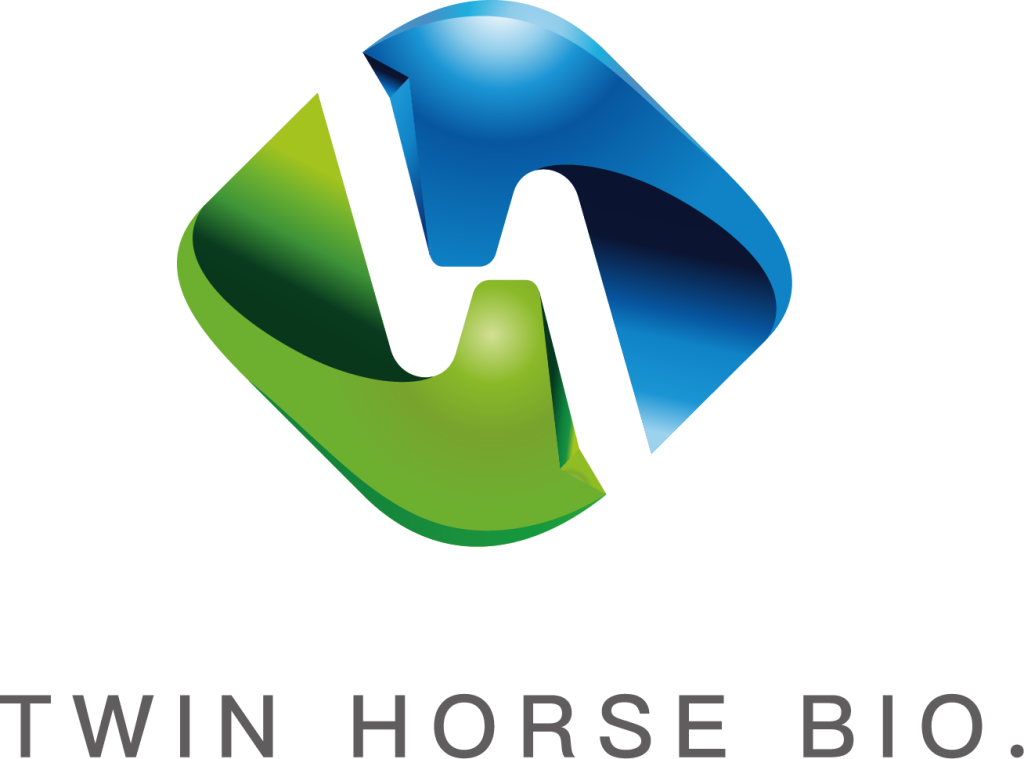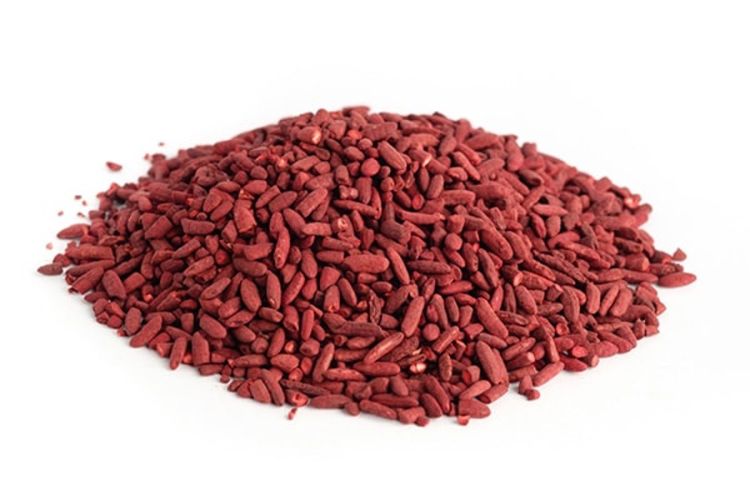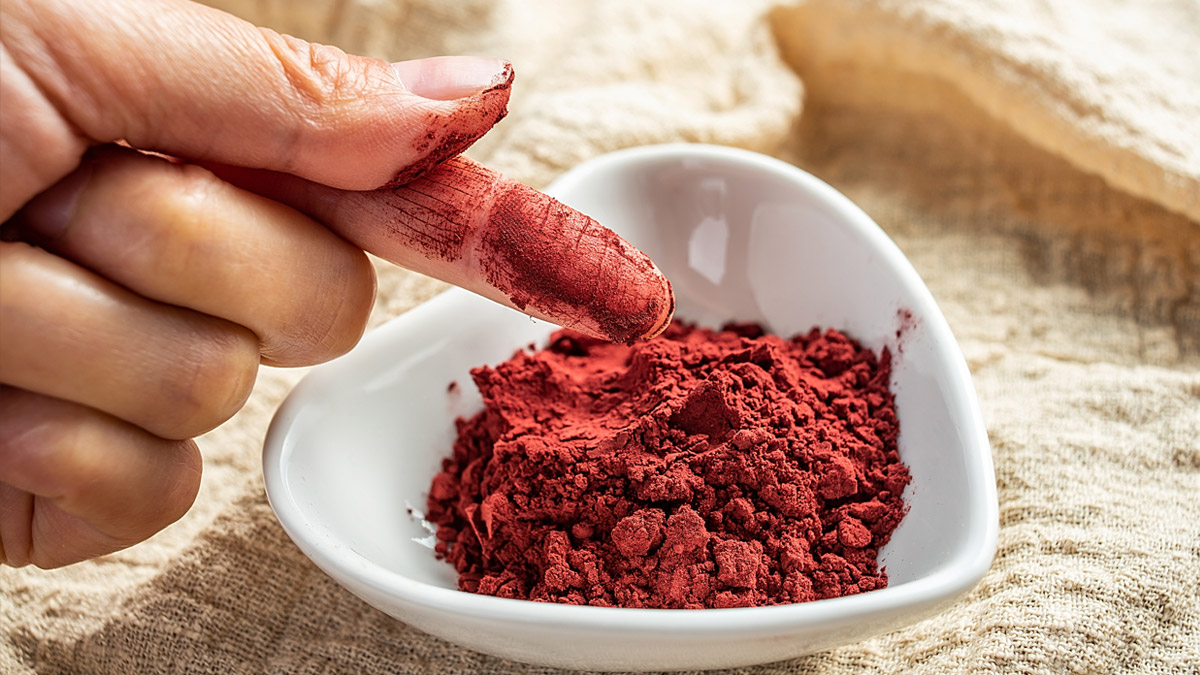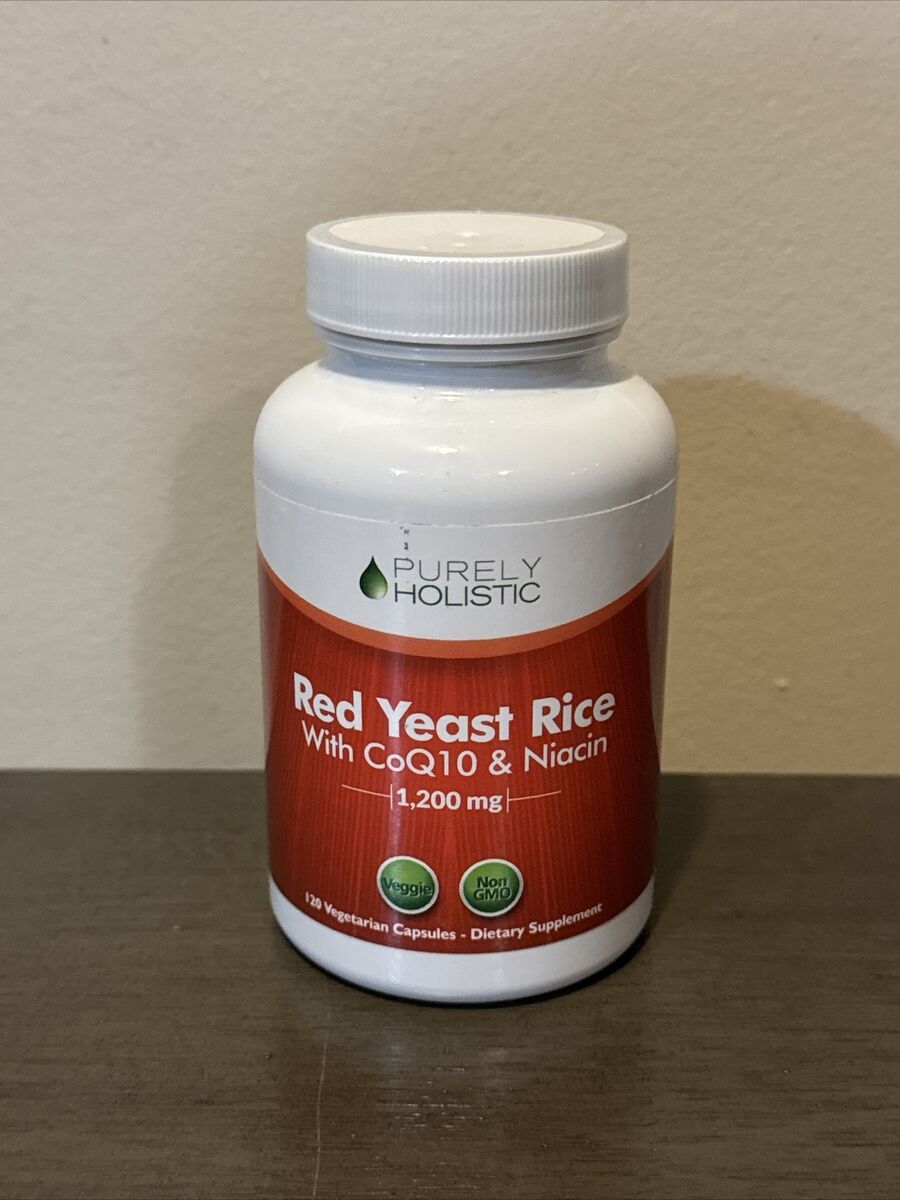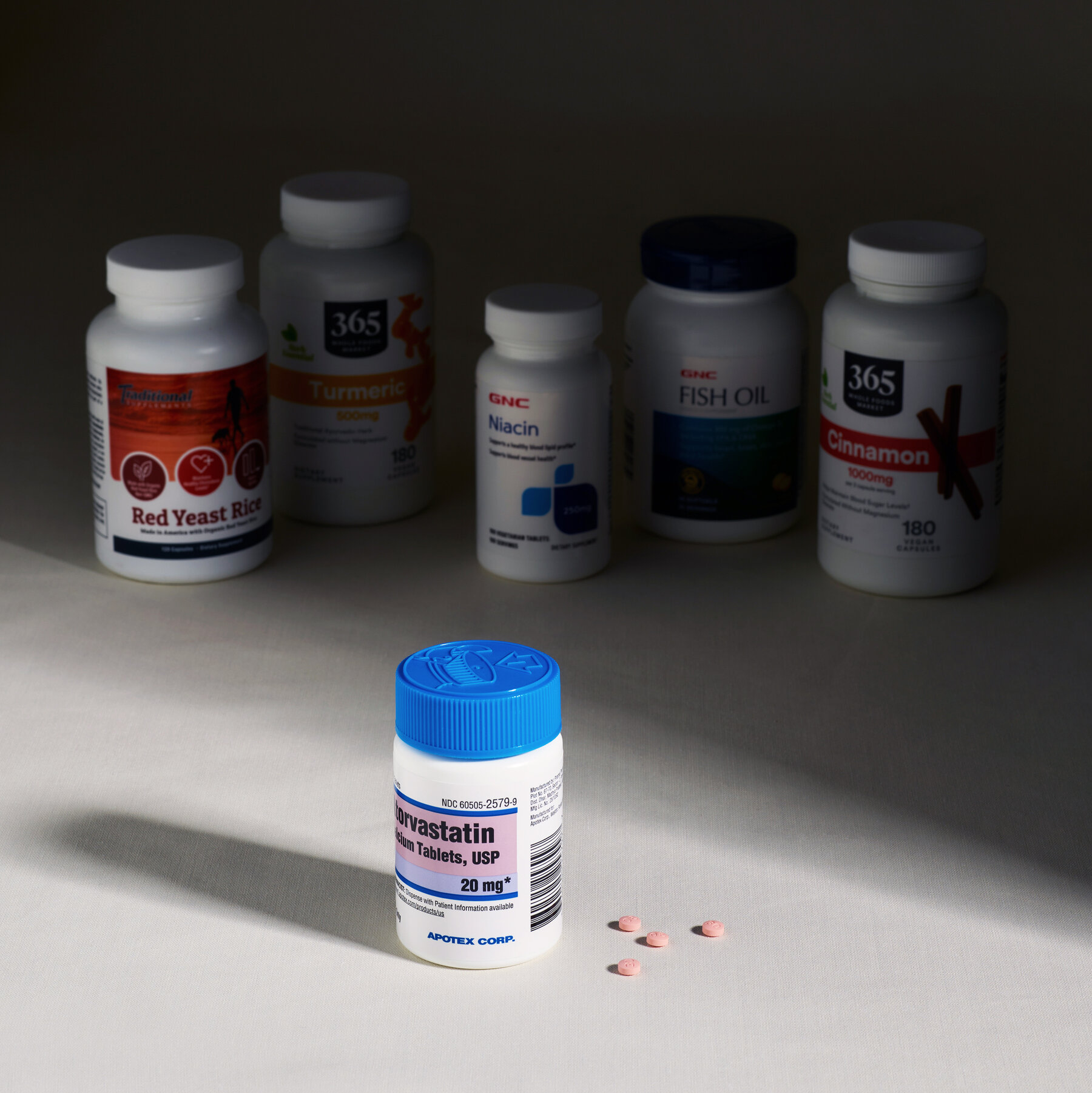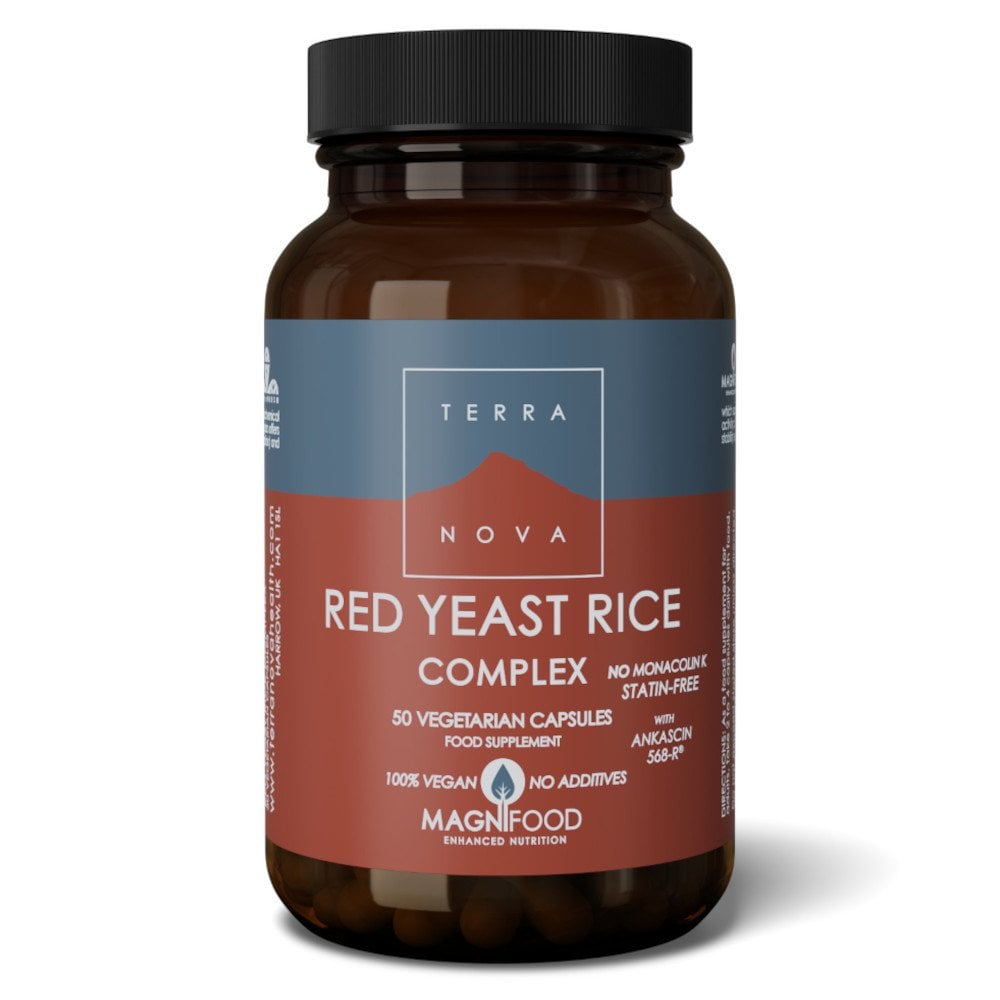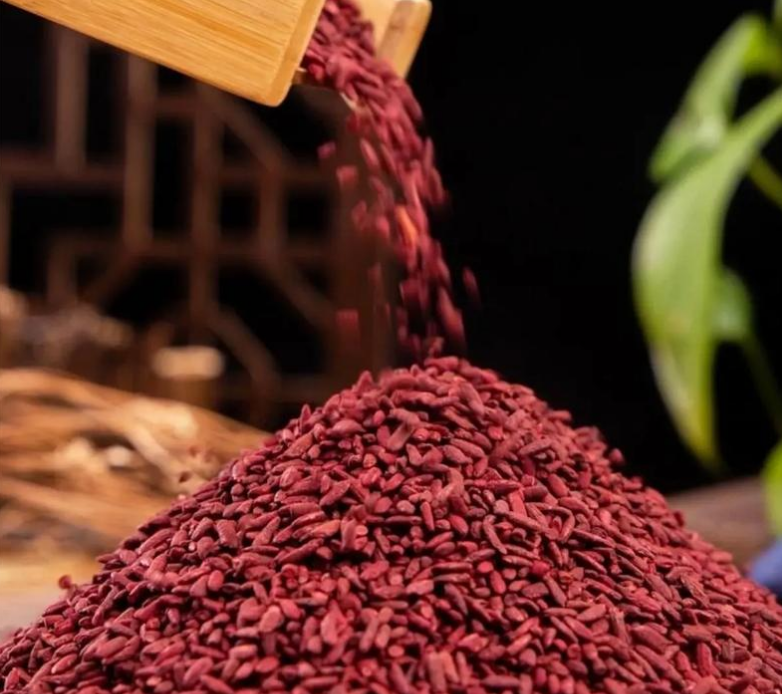Yes, you can take omega-3 and red yeast rice together for heart health. Omega-3 reduces triglycerides by 25–50% (e.g., 300 mg/dL to 150–225 mg/dL), while red yeast rice lowers LDL by 15–25% (e.g., 160 mg/dL to 120–136 mg/dL). Take omega-3 (2,000–4,000 mg) and red yeast rice (1,200–2,400 mg) daily for best results.
Heart Health Synergy
Many data point to the combination of omega-3 fatty acids with red yeast rice as a potentially powerful strategy in improving cardiovascular health. Omega-3, from supplements usually sourced from fish oil, has been shown in multiple studies to lower triglycerides by 25–50% in people with high blood fat levels. For instance, a person with triglyceride levels of 300 mg/dL may experience a reduction to 150–225 mg/dL within three months of continuous supplementation at 2,000–4,000 mg daily. Red yeast rice, on the other hand, is effective in lowering LDL cholesterol, with a typical reduction by 15–25%. This would mean that someone with an LDL cholesterol level of 160 mg/dL could potentially reduce it to as low as 120-136 mg/dL with daily intakes of 1,200-2,400 mg of red yeast rice.
These two supplements together create a more holistic approach toward cardiovascular health. Omega-3 targets high levels of triglycerides, which are one of the risk factors for arterial plaque and inflammation, while red yeast rice works on inhibiting cholesterol synthesis in the liver. Clinical trials have shown that using both can result in an overall reduction in cardiovascular risk by 30–40%. For instance, a patient with a baseline score of 20% in cardiovascular risk can reduce the risk to 12–14% in six months with a combined regimen. These are extremely important results, especially in those patients with metabolic syndrome or genetic causes of heart disease.
These supplements are easy to work into daily routines and can be very affordable. Excellent quality omega-3 supplements cost in the range of $20-$30 per month’s supply, and red yeast rice costs around $15-$25 per month. For less than $60 per month, one can have a preventive intervention which is as effective as prescription medication with regards to cholesterol and triglyceride management without the risk for potential side effects of statins, including muscle ache or liver enzyme elevation. This cost comparison makes the combination a viable option for those managing heart health on a budget.
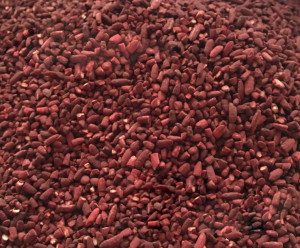
Reduction of Inflammation
Omega-3 fatty acids, when combined with red yeast rice, could have a significant anti-inflammatory effect. Inflammation is considered one of the leading causes of many chronic diseases, including cardiovascular issues, arthritis, and metabolic disorders. Omega-3 fatty acids are documented to decrease inflammation, as studies show a 30-50% reduction in inflammatory markers, such as CRP, after supplementation. For instance, those with baseline CRP levels of 4 mg/L can reduce these to 2-2.8 mg/L after the ingestion of 2,000-3,000 mg of omega-3 daily for a period of 12 weeks. Red yeast rice, though mainly recognized for use in cholesterol reduction, contains compounds such as monacolins and sterols that possess anti-inflammatory properties. Working in complement, these two nutritional supplements are better in systems of systemic or localized inflammation than one could be independently.
Clinical trials provide clear evidence of the benefits of this combination. In a study involving 200 participants with high cardiovascular risk, those who combined omega-3 and red yeast rice experienced a 40% reduction in interleukin-6, an inflammatory cytokine. By contrast, participants taking only omega-3 or red yeast rice saw reductions of 25% and 18%, respectively. For a person who had an IL-6 of 8 pg/mL, for instance, this would be reduced to around 4.8 pg/mL by a combined therapy, while omega-3 alone would decrease it to about 6 pg/mL and red yeast rice alone to 6.6 pg/mL. This effect underscores the synergy of those two supplements in terms of impacting inflammation at various levels.
Practical applications of this combination extend beyond cardiovascular health. Omega-3 has been shown to reduce morning stiffness and joint tenderness by 20–30% over six months in people with joint pain or rheumatoid arthritis. These benefits are enhanced when combined with red yeast rice, as the reduction in systemic inflammation further alleviates joint discomfort. For example, an arthritis patient with pain scores of 7 out of a possible 10 might find this reduced to 4-5 with omega-3 alone, and to 3-4 when adding red yeast rice to their regimen. Such clear-cut improvements in quality of life make the combination particularly appealing for people suffering from inflammatory conditions.
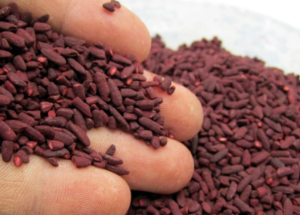
Improved Lipid Profiles
This combination of omega-3 fatty acids and red yeast rice works quite well in improving lipid profiles comprehensively, both regarding cholesterol and triglycerides. Omega-3s are proven to reduce triglycerides by 20–50%, depending on the dosage and baseline levels. Individuals with triglyceride levels of 300 mg/dL, for example, can expect reductions to approximately 150–240 mg/dL when taking 2,000–4,000 mg of omega-3 daily over three months. Red yeast rice works in complement by reducing LDL cholesterol levels by 15–25%. A person with an LDL level of 160 mg/dL may see it fall to as low as 120–136 mg/dL with a dose of 1,200–2,400 mg daily of red yeast rice. Working together, these supplements put into place a dual action for effective management of lipid levels.
Various studies have underlined the interactive effects of the combination of the two supplements. In a clinical trial of 300 dyslipidemic patients, the combination of omega-3 and red yeast rice resulted in a 35% improvement in the total cholesterol-to-HDL ratio, while the omega-3-only group had a 20% improvement and the red yeast rice-only group had a 25% improvement. This could mean a ratio improvement from 6:1 to approximately 4:1 for someone with a total cholesterol level of 240 mg/dL and an HDL of 40 mg/dL. This large reduction in the ratio is directly associated with reduced risk of cardiovascular events, showing the effectiveness of the combination in managing lipids.
Besides reducing triglycerides and LDL cholesterol, omega-3 and red yeast rice also have a positive effect on HDL cholesterol. While red yeast rice primarily works on lowering bad LDL cholesterol, omega-3 increases HDL by 10-15%. For instance, a person who has a baseline HDL of 40 mg/dL may increase to 44-46 mg/dL with regular supplementation of omega-3. When combined with red yeast rice, the total lipid profile shifts toward a healthier balance, reducing the overall cardiovascular risk significantly.
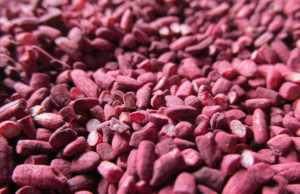
Blood Pressure Support
A combination of omega-3 fatty acids and red yeast rice provides a potent strategy to support healthy blood pressure. Omega-3s have been shown to lower systolic blood pressure by 2-5 mmHg and diastolic pressure by 1-3 mmHg in individuals with mild hypertension. For example, an individual with a blood pressure of 140/90 mmHg might see it drop to approximately 135/88 mmHg after taking 2,000–3,000 mg of omega-3 daily for 8–12 weeks. Red yeast rice mostly exerts its beneficial cholesterol-lowering effects but does also exert an indirect positive impact on blood pressure via the improvement of arterial function and reduced levels of LDL cholesterol that lower vascular resistance.
Clinical research illustrates that when these two supplements are taken together, there is therapeutic efficacy. In a trial of 250 patients with borderline hypertension (130–139/85–89 mmHg), those receiving both omega-3 and red yeast rice had an average reduction in systolic blood pressure of 7 mmHg and diastolic pressure of 4 mmHg over 12 weeks. This was greater than the average reductions seen in groups receiving omega-3 or red yeast rice alone, which averaged 4 mmHg systolic and 2 mmHg diastolic reductions. For instance, for a participant with 138/88 mmHg blood pressure at the beginning, the combination may lower this to about 131/84 mmHg.
In addition to its immediate impact on blood pressure, this is a combination of medications and supplements that affects causes. Omega-3 fatty acids would improve endothelial function, thus reducing arterial stiffness by up to 20%, lowering pressure and improving blood flow. To complement this effect, red yeast rice reduces oxidative stress and inflammation, which also supports vascular health. For patients with metabolic syndrome, these are particularly positive effects, since they decrease the risk of transitioning into full hypertension. This combination might allow a person in the early stages of metabolic syndrome to avoid the 140/90 mmHg or higher blood pressure threshold and stay within healthier parameters longer.
Antioxidant Boost
A combination of omega-3 fatty acids and red yeast rice leads to a significant antioxidant boost in helping to combat oxidative stress for overall health. Omega-3s, in particular, are known to lower oxidative markers like malondialdehyde (MDA) by 20–40% after supplementation of 2,000–3,000 mg daily for 12 weeks consistently. For instance, a person with an MDA level of 5 nmol/mL may experience a reduction to 3–4 nmol/mL, indicating less cellular oxidative stress damage. Active antioxidant components of red yeast rice, including monacolins and unsaturated fatty acids, neutralize free radicals, thereby increasing the body’s resistance to oxidative damage.
Studies have shown increased antioxidant efficacy with combined supplementation. In a clinical trial of 200, this combination of omega-3 and red yeast rice showed a 50% reduction in oxidative stress markers, whereas omega-3 alone was able to reduce oxidative stress markers by 30%, and red yeast rice alone by 25%. In subjects with a starting score of 100 for oxidative stress, this would translate to a score of about 50, as opposed to about 70 if they took either of these supplements alone. It works both ways to help protect the cells from oxidative damage, one of the leading factors in aging and other chronic diseases, such as cardiovascular disorders and diabetes.
These antioxidant advantages further extend to skin, eye, and brain health. Omega-3s have been found to raise levels of glutathione, the body’s master antioxidant, by 25-35% over six months of supplementation. Adding red yeast rice enhances this effect through reducing lipid peroxidation, protecting cell membranes. For instance, individuals with skin problems, such as dryness or redness due to oxidative damage, may see an improvement in skin elasticity and hydration after supplementation for 8-12 weeks. In the same vein, this combination of supplements supports eye health by reducing oxidative stress in the retinal cells, hence decreasing the risk of diseases such as macular degeneration.
Improved Circulation
The combination of omega-3 fatty acids and red yeast rice helps significantly in improving circulation because it enhances the flow and decreases vascular resistance. Omega-3s, especially EPA and DHA, increase flexibility of the blood vessels, which results in a reduction in platelet aggregation and a net 20–30% improvement in blood flow efficiency. For example, patients with a resting blood flow velocity of 10 cm/s may experience an increase to 12–13 cm/s after receiving 2,000–4,000 mg of omega-3 daily for 8–12 weeks. To this, red yeast rice adds the benefit of reducing LDL cholesterol levels, thereby reducing arterial plaque deposition and further contributing to improved circulation.
Clinical trials illustrate the benefits of this combination for circulation. In one study of 300 people with peripheral artery disease, researchers found that those taking omega-3 in combination with red yeast rice increased oxygen delivery to the extremities 35%, measured by improved ankle-brachial index (ABI) scores. A participant with, for instance, an ABI score of 0.7 might increase it to 0.9; this is a sign of much better blood flow, showing lesser blockages in your arteries. The individual use of omega-3 or red yeast rice alone showed improvements of 20% and 18%, respectively, underlining the greater benefits from their combination.
Improved circulation due to this combination has practical health benefits other than in cardiovascular health: Omega-3s reduce inflammation in blood vessels by lowering the levels of pro-inflammatory markers, such as interleukin-6, by 25–40%. Red yeast rice enhances these effects by reducing oxidative stress that can damage endothelial cells. Together, they improve cold hands and cold feet symptoms associated with impaired blood circulation. Such was reported in individuals experiencing Raynaud’s syndrome with improvements of 30% less in pain and numbness attacks upon their combination for three consecutive months.
Complementary Mechanisms
Omega-3 fatty acids and red yeast rice contribute to general health through different but complementary modes of action, especially regarding cardiovascular and metabolic functions. Omega-3s mainly reduce triglycerides by 25–50% through their influence on lipid metabolism. For instance, someone with triglyceride levels of 300 mg/dL may witness them fall to 150–225 mg/dL after taking 2,000–4,000 mg daily for 12 weeks. In contrast, red yeast rice acts through the inhibition of the enzyme HMG-CoA reductase involved in cholesterol synthesis, bringing about a 15-25% reduction in LDL cholesterol. A person with an LDL level of 160 mg/dL could lower it to a range of 120-136 mg/dL with consistent use of 1,200-2,400 mg daily. These supplements together thus attack both cholesterol and triglycerides for a broader coverage of lipid management.
Clinical trials confirm this efficiency of these complementary mechanisms. In one study among 400 people, the use of omega-3 in addition to red yeast rice resulted in a total cholesterol reduction of 30% and triglycerides of 40% over six months. Users of omega-3 oils alone saw a 20% reduction in triglycerides without improvement in LDL cholesterol. Subjects using red yeast rice monotherapy demonstrated a 20% reduction in LDL cholesterol, yet minimal effects on triglycerides were observed. For example, a patient with a baseline total cholesterol level of 240 mg/dL and triglycerides of 300 mg/dL might reach levels of 168 mg/dL and 180 mg/dL, respectively, with the combined therapy.
Beyond lipid management, omega-3s and red yeast rice also complement each other in reducing inflammation. Omega-3 fatty acids lower pro-inflammatory markers such as interleukin-6 by 25–40%, while red yeast rice reduces oxidative stress by lowering malondialdehyde levels by 20–30%. For instance, a person with an interleukin-6 of 10 pg/mL may find it reduced to 6 to 7.5 pg/mL with omega-3, while red yeast rice could reduce malondialdehyde from 5 nmol/mL to 3.5 to 4 nmol/mL. These combined effects contribute to vascular health and reduce the risk of atherosclerosis.
